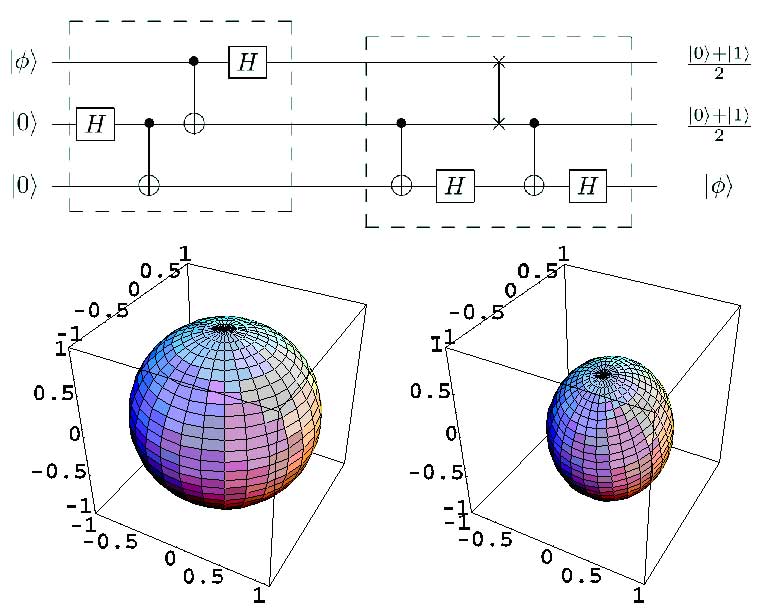Research
I have been investigating various subjects with various experimental techniques at low temperatures. Reducing temperature means discovering interactions among atoms and molecules which are, otherwise, masked by thermal noise. Therefore, measurements at low temperatures are essential to understand materials. It is also essential to understand basic physics.
It is important to understand that "low" temperatures are relative to interactions under investigation. 10 mK is too high for superfluid 3He to exist, but 10000 K may be low enough for superfluid transition of nucleons. I have investigated normal 3He in restricted geometries, superfluid 3He under rotation, magnetic impurities in metals, metal hydrides, hydrogen in restricted geometries, and silicon surfaces with SQUID (Superconducting QUantum Interference Device) , torsional oscillators, NMR, and STM (Scanning Tunneling Microscope) techniques at T ~ 4.2 K or less.
I am now, with Prof. Nakahara and other theorists, working on quantum computer both experimentally and theoretically. Experimentalists are now straggling to build a system with few qubits, while theorists are interested in what can be achieved with thousands of qubits. We try to bridge the experimentalists and theorists by examining theoretical results in a working NMR quantum computer. We are also working for overcoming decoherence that is an obstacle for realization of quantum computer.

Quantum teleportation experiment with a NMR quantum computer. The upper panel shows a quantum circuit realizing quantum teleportation, while the lower panel shows the experimental results. The single spin states shown in the left part of the lower panel are teleported to the states shown in the right.
